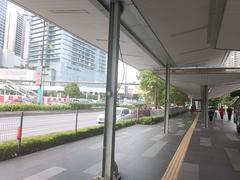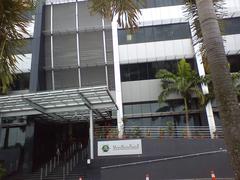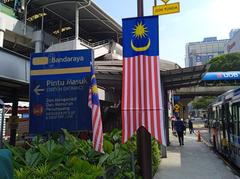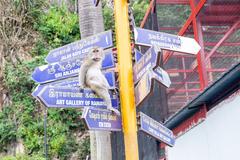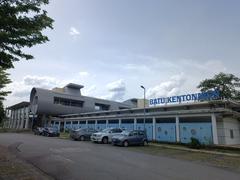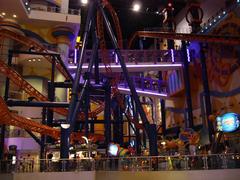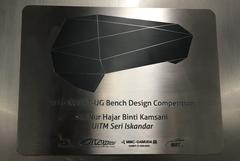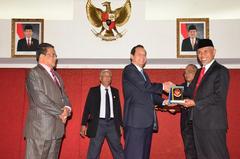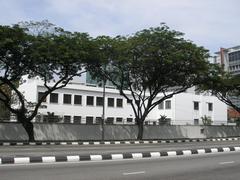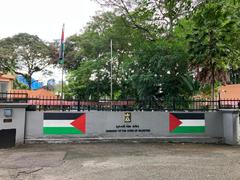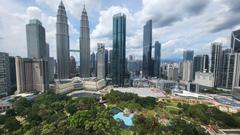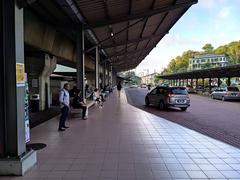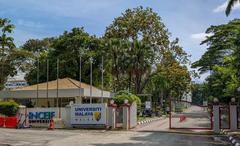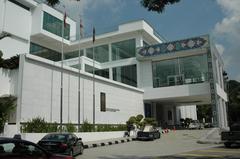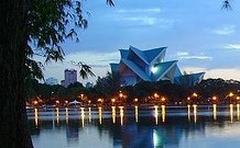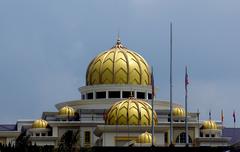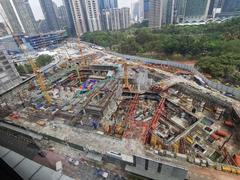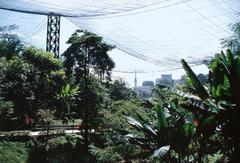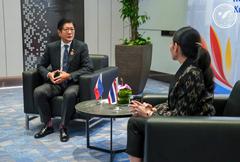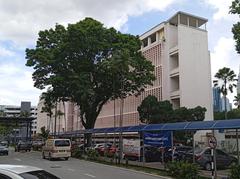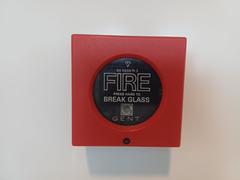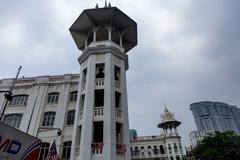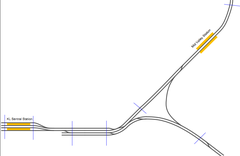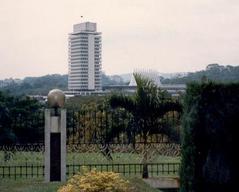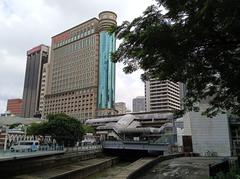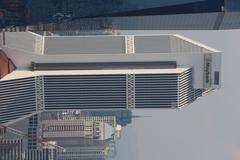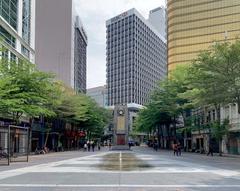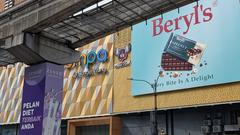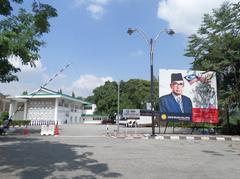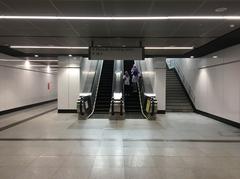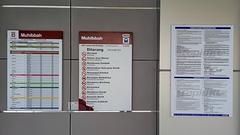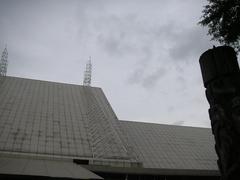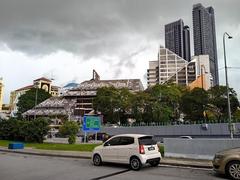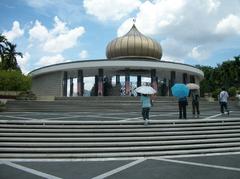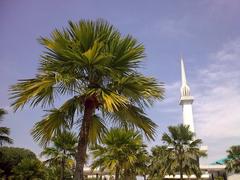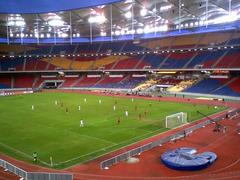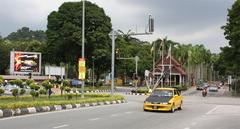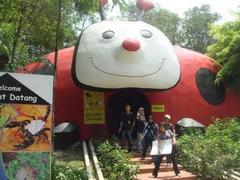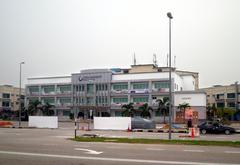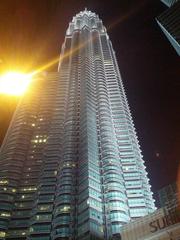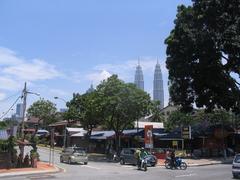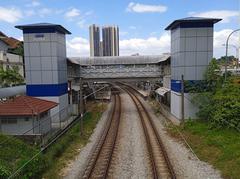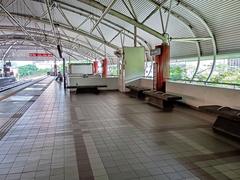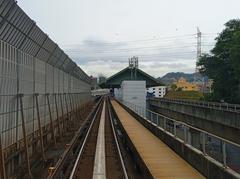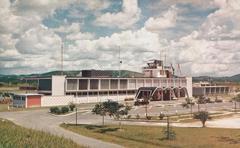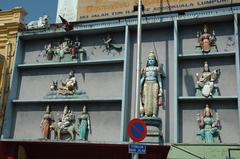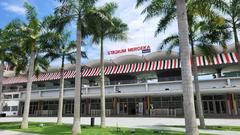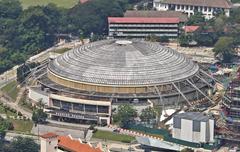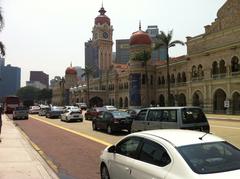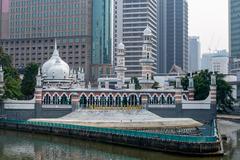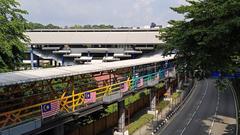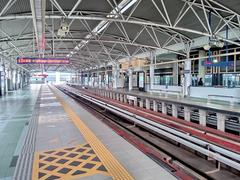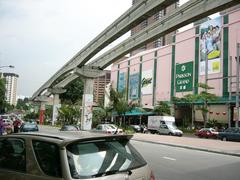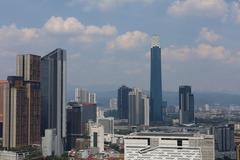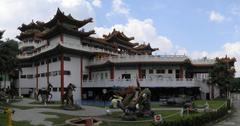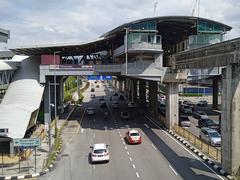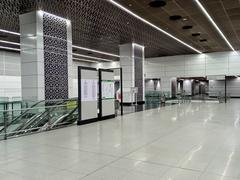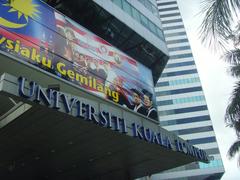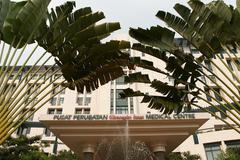Sultan Abdul Samad Building: Visiting Hours, Tickets, and Kuala Lumpur Historical Sites Guide
Date: 14/06/2025
Introduction
The Sultan Abdul Samad Building is an architectural gem and a storied symbol of Malaysia’s national identity, standing at the heart of Kuala Lumpur’s heritage district. Completed in 1897 during British colonial rule, this landmark not only bears witness to Malaysia’s transformation from a colonial outpost to a sovereign nation but also serves as a living monument to the city’s diverse cultural tapestry. Its prominent location on Jalan Raja, facing the historic Merdeka Square—where the Malayan flag was first raised in 1957—cements its role as an enduring emblem of independence and unity (britannica.com; theedgemalaysia.com).
This comprehensive guide will provide you with a detailed overview of the building’s history, architectural significance, visiting information, accessibility, and practical tips for exploring Kuala Lumpur’s rich historical landscape.
Table of Contents
- Introduction
- Historical Background
- Architectural Significance
- Administrative and National Importance
- Visiting Information
- Nearby Attractions
- Cultural Events and Heritage Preservation
- Frequently Asked Questions (FAQ)
- Summary and Recommendations
- References
Historical Background
The Sultan Abdul Samad Building was constructed between 1894 and 1897, serving as the administrative headquarters for the British colonial government of the Federated Malay States. Originally known as the Government Offices, it played a central role in the governance of Malaya and later housed Malaysia’s superior courts until the early 2000s. Its strategic placement on Jalan Raja across from Merdeka Square—where Malaya’s independence was declared—underscores its historical and symbolic significance (kualalumpurcity.my; britannica.com).
Architectural Significance
Design and Influences
The building is acclaimed for its Indo-Saracenic or Moorish Revival style, a blend of Mughal, Moorish, Victorian, and Islamic architectural elements. Designed by British architects Arthur Charles Norman, R.A.J. Bidwell, and A.B. Hubback, it stands as a rare example of this synthesis in Southeast Asia (malaysia.travel; hotelhunter.com). Horseshoe arches, onion-shaped copper domes, and a distinctive 41-meter clock tower define its striking façade.
Key Features and Materials
- Layout: The “F”-shaped building covers over 4,200 square meters, with a 137-meter-long façade.
- Clock Tower: The central tower, reminiscent of London’s Big Ben, is flanked by smaller towers capped with copper domes, symbolizing both colonial authority and local aesthetics (MalaysiaVisa.ae).
- Materials: Locally sourced red bricks and white plaster create a dramatic visual effect, while copper domes and intricate decorative details highlight expert craftsmanship.
- Structural Adaptations: High ceilings, open corridors, and wide verandahs provide natural ventilation, accommodating Malaysia’s tropical climate (thrillophilia.com).
Administrative and National Importance
Initially the seat of colonial administration, the Sultan Abdul Samad Building later housed Malaysia’s highest courts. After the courts relocated, it became the home of the Ministry of Information, Communications, and Culture (kualalumpurcity.my). Its proximity to Merdeka Square, the site of the first Malayan flag raising, has made it central to national celebrations, including annual Independence Day parades and significant public events (theedgemalaysia.com).
Visiting Information
Hours and Tickets
- Exterior Access: The building’s exterior and Merdeka Square are open to the public at all times, with the best experience typically between 6:00 AM and 10:00 PM.
- Interior Access: The interior is closed to the public due to its role as a government office.
- Tickets: No entrance fee is required to visit the building’s exterior or Merdeka Square. Guided heritage walks that include the site may charge a fee (malaysia-traveller.com).
Accessibility
- The site is accessible by public transport (LRT, MRT, KTM), with the Pasar Seni and Masjid Jamek stations nearby.
- Paved walkways and ramps enable wheelchair access around the building and Merdeka Square (malaysia-traveller.com).
- Be mindful of busy pedestrian crossings along Jalan Raja.
Visitor Tips
- Best Time to Visit: Early morning or late afternoon for softer lighting and fewer crowds; nighttime for beautiful illumination.
- Photography: Ideal vantage points are across Merdeka Square and along Jalan Raja. A wide-angle lens is recommended to capture the full façade.
- Events: Witness the National Day parade on August 31 for a festive and patriotic atmosphere.
- Guided Tours: Several local operators offer walking tours with in-depth historical context and cultural insights.
Nearby Attractions
- Merdeka Square: Site of Malaysia’s independence declaration and public events.
- Royal Selangor Club: Historic colonial-era clubhouse.
- St. Mary’s Anglican Cathedral: One of Malaysia’s oldest churches.
- Kuala Lumpur City Gallery: Exhibitions on city history.
- Masjid Jamek: Iconic mosque located at the confluence of two rivers.
All of these sites are within walking distance and well-connected by public transport.
Cultural Events and Heritage Preservation
Major Festivals and Celebrations
Kuala Lumpur’s vibrant multiculturalism is on full display during festivals such as Hari Raya Aidilfitri, Chinese New Year, Deepavali, Thaipusam, and Wesak Day. The area around the Sultan Abdul Samad Building frequently hosts parades and public gatherings (explorecity.life; travelanddestinations.com).
Heritage Preservation
Protected under the National Heritage Act 2005 (academia.edu), the building has undergone extensive restoration, including repairs to its brickwork, copper domes, and lighting systems (malaysiakini.com). Community organizations and government agencies work together to ensure its continued preservation as a key element of Malaysia’s cultural legacy.
Frequently Asked Questions (FAQ)
Q: Can I enter the Sultan Abdul Samad Building interior?
A: No, the interior is generally closed to the public due to its use as a government office.
Q: Are there entrance fees?
A: No, the building’s exterior and Merdeka Square are free to visit. Guided tours may have a fee.
Q: Is the site accessible for people with disabilities?
A: Yes, the surrounding area is wheelchair accessible with paved paths and ramps.
Q: What is the best time for photography?
A: Early morning, late afternoon, and nighttime for the building’s illumination.
Q: What other attractions are nearby?
A: Merdeka Square, Royal Selangor Club, St. Mary’s Cathedral, Kuala Lumpur City Gallery, and Masjid Jamek.
Summary and Recommendations
The Sultan Abdul Samad Building is a must-see for anyone interested in Malaysia’s colonial history, architectural beauty, and the story of national independence. Its unique Indo-Saracenic design, historical significance, and central location make it a highlight of Kuala Lumpur’s heritage trail. For the best experience, plan your visit during quieter hours, explore nearby attractions, and consider a guided tour for deeper insights. Preservation efforts continue to safeguard this landmark for future generations, ensuring its role as a living testament to Malaysia’s vibrant past and dynamic present (kualalumpurcity.my; malaysia.travel).
References
- Sultan Abdul Samad Building: Visiting Hours, Tickets, and Kuala Lumpur Historical Sites Guide, 2025
- Sultan Abdul Samad Building: Architecture, Visiting Hours, Tickets & Kuala Lumpur Historical Sites, 2025
- Visiting the Sultan Abdul Samad Building: Hours, Tickets, and Accessibility Guide in Kuala Lumpur, 2025
- Kuala Lumpur Cultural Events and Heritage Preservation: Visiting Hours, Tickets, and Historical Sites Guide, 2025
- Britannica - Kuala Lumpur, 2025
- The Edge Malaysia - Walk Through Kuala Lumpur’s Heritage Sites, 2025

